INSTALLING A SOLAR ELECTRICITY SYSTEM
Harnessing free energy from the sun takes a big investment and careful thinking. Get solar panels installed at your home. Want a residential solar panel system that matches your needs and budget?
Solar panel positioning
To get the most sunlight, solar panels should face north as much as possible to maximise the sunlight they receive. Panels facing in other directions will work but not produce as much electricity. Ideally, panels shouldn’t be shaded by trees, surrounding buildings or hills. Solar panels are normally fixed at the angle of the roof. You can buy mounting frames to improve the panels’ angle but sometimes, their cost can outweigh the added benefit. Talk to a solar expert about the best option (which could include more panels). Solar PV panels are suitable for both rural and urban conditions. They’re usually installed on roofs but can also be placed on facades, conservatory roofs, sun shades, garages or specially built stands on the ground. Talk to a solar installation expert about the best options and solar panel set-up.
Maintenance
The life expectancy of a solar panel is 25 years, with minor maintenance. For best performance, panels should be cleaned periodically to remove dirt and other debris such as
leaves. Panels will stay clean for a long time in areas with high rainfall and better air quality. You may need to pay a contractor to do this work if your roof is difficult to access and/or steep. Trees that shade your panels should be trimmed. You will likely need to replace an inverter during the life of your system. An inverter converts the direct current (DC) electricity generated by solar panels into the alternating current (AC) used in houses.
Lithium ion Batteries
Lithium ion batteries can last up to three times as long as AGM/lead acid batteries (or more than 75 percent of its capacity after 2000 cycles).
Lead acid batteries are used in many places, lithium batteries have additional advantages. For example, users can use approximately 50 percent of the power from an AGM/Lead Acid battery before recharging. However, lithium ion batteries can draw power from as low as 80 percent of usage before needing a charge.
